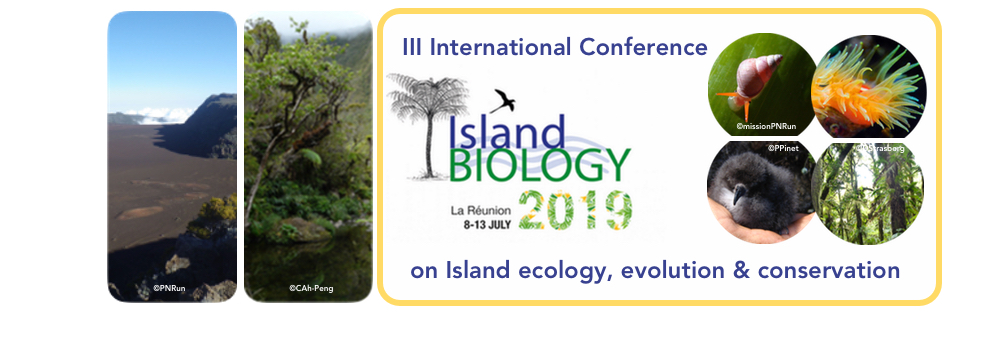The soft corals (Alcyonacea: Octocorallia) on reefs around Europa Island were surveyed in 2016. Alcyonacea were sought and collected within all the reef habitats at Europa and their relative abundance was visually recorded as being rare, occasional, common or abundant. The colonies were photographed underwater before sampling and the samples were fixed for identification and storage in the Steinhardt Museum of Natural History in Tel Aviv. Since Europa Island is remote and isolated, connectivity with other alcyonacean communities in the Mozambique Channel was investigated by particle transport modelling. This was accomplished by simulating cross-channel transport of particles between Mozambique and Madagascar, and between their shores and Europa Island, using an individual-based model (IBM) developed with Ichthyop 3.2 and driven by Regional Ocean Model System (ROMS) outputs of a South-West Indian Ocean Model (SWIM). Europa's octocoral species richness (33 species) was rather low for such a protected, relatively pristine environment within the region. Furthermore, while certain ‘fugitive' alcyonacean species were noticeably abundant, other soft corals were rare or absent. The Europa soft coral community is thus possibly unique in its impoverishment within the Mozambique Channel, and the underlying reasons for this may be due to relative isolation of its reef communities, as suggested by the results of SWIM analyses. These revealed that the shortest transit times of particles in the Mozambican Channel were between northern Mozambique and north-west Madagascar (3 days), and between south-west Madagascar and Europa Island (4 days). These times are well within the competence period of alcyonacean larvae. Thus, while the north-west coast of Madagascar appears well-connected with the northern Mozambique coast, the most likely source of soft coral recruits at Europa Island would be the Tulear region further south in Madagascar, which also appears to have an impoverished soft coral fauna.

|
|
|
|
The Alcyonacea (Octocorallia) on coral reefs at Europa Island: How are they connected with other soft coral communities in the Mozambique Channel?
1 : Oceanographic Research Institute
(ORI)
PO Box 10712, Marine Parade, 4056 Durban -
South Africa
2 : Zoology Department, Rhodes University
African Street, Grahamstown -
South Africa
3 : School of Zoology, George S. Wise Faculty of Life Sciences
* : Corresponding author
Tel Aviv University, Tel Aviv -
Israel
|
| Online user: 57 | RSS Feed |

|
 PDF version
PDF version